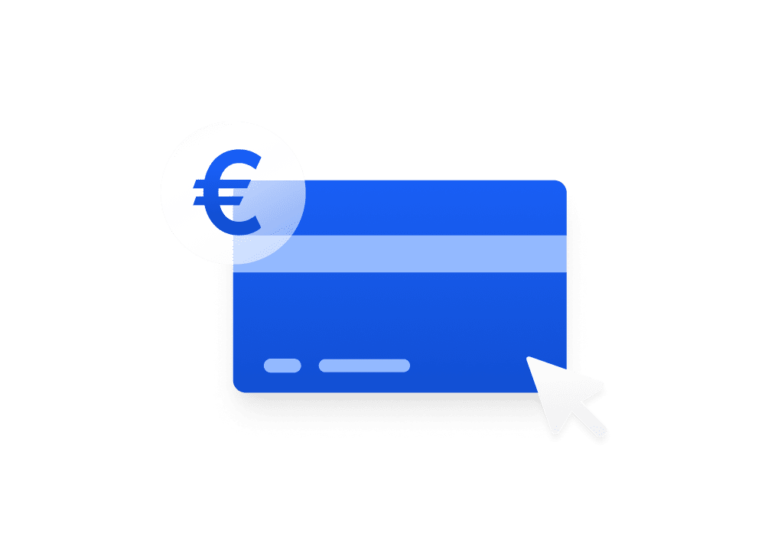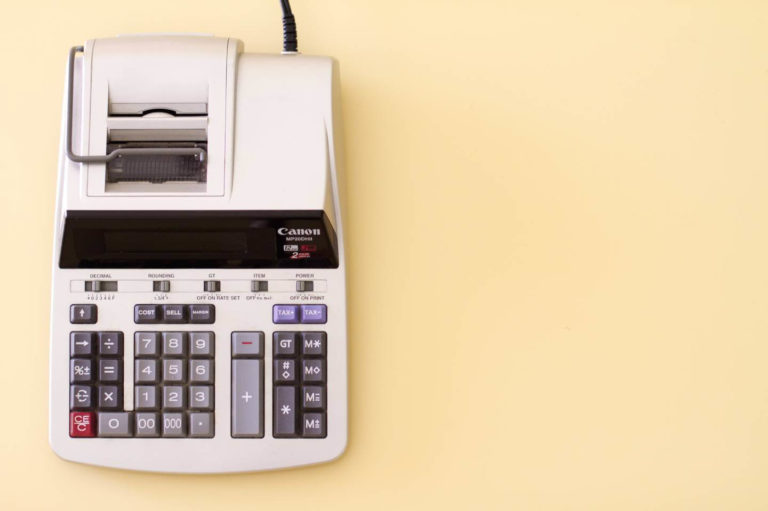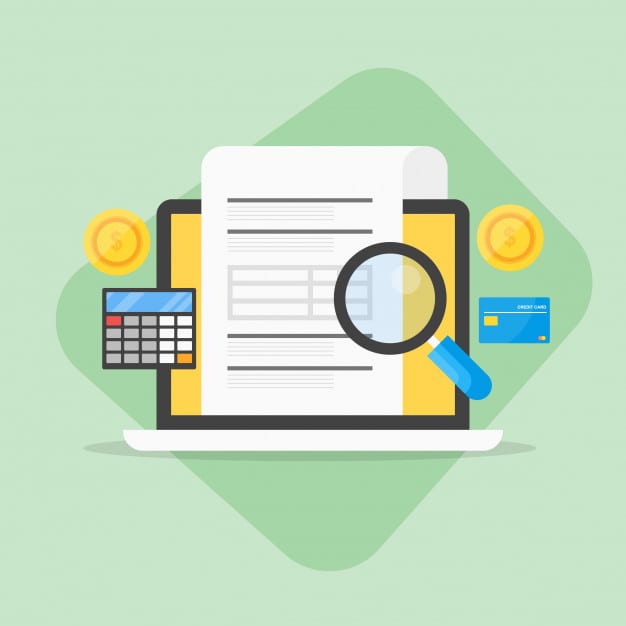When supplying goods to a customer, it’s strongly advised that you include a delivery note enclosed with the goods. It’s not a compulsory requirement but is a service that many customers appreciate. It helps the recipient check which items have been delivered and allows them to check if anything is missing.
What is a delivery note?
A delivery note is a document that lists all the goods included in a delivery, and is often referred to as a dispatch note, or goods receipt. The note is included in the shipment and lists the quantity of products included in the delivery, it doesn’t list any values like price of goods. A copy of the note is then returned to the seller as proof of delivery.
It’s useful because, suppliers can confirm that everything went as planned with the delivery and after it’s been signed and returned, it serves as proof that all goods were received and the recipient is satisfied. It also gives customers an overview of the products they’ve ordered as it allows them to cross check the products they received with their order.
What’s it’s purpose?
When a customer places an order with you, you should aim to send the goods as soon as you can. If a delivery note is created to send with the shipment, it can be used as a checklist and, as previously mentioned, it can serve as proof of delivery. Also, it’s an added service that puts the customer’s mind at ease.
If you choose to manually create a delivery note, you must ensure that the goods contained in the shipment are included on the note – you may also want to send the invoice with it too.
When sending a delivery note think about including your logo, and make it appealing. Consider your colours and design elements wisely, as you can strengthen your company’s branding and recognition value.
What should be included in the delivery note?
You can see the delivery note similarly to an invoice for a shipment of goods, you should list the delivered products whilst using the formal details of a commercial letter; company name, address of both your client and your business, date, etc.
However, it cannot replace the invoice entirely, as it doesn’t include the prices of the products. You should always produce a separate invoice document and if you wish, you can send it with the delivery note.
In more recent times, it’s becoming more and more evident that organisations are forwarding delivery notes via email as soon as the goods have been dispatched. Because the email reaches the client immediately, it’s a useful way of reminding them that they are expecting a package. The customer also receives an overview of their upcoming order when receiving it by email, which can be advantageous for large deliveries.
There are no compulsory or strict rules involved when creating a delivery note, but you want to make sure you include all important details and your branding. You should consider including;
- Name and address of your company
- Name and address of your client
- Date of order, shipment, and expected delivery
- Order number / name
- Lists of goods included in the delivery
- If any further deliveries are to be expected i.e. delivery 1 of 3
You should consider setting up a standard template, to make all delivery notes consistent.
Do I need to store it?
Although it’s not compulsory, you should keep a copy of each one. This is so you have written proof that the delivery was received by the customer.
You can use Holded’s online accounting software to automate your delivery notes and invoices, you can store them in the cloud platform, making them immediately available anywhere, anytime. Plus, you can also track payments, sales, expenses and all other accounts in real time.











